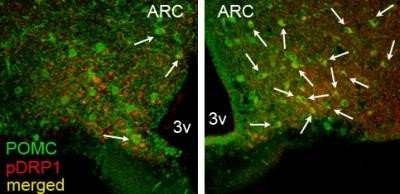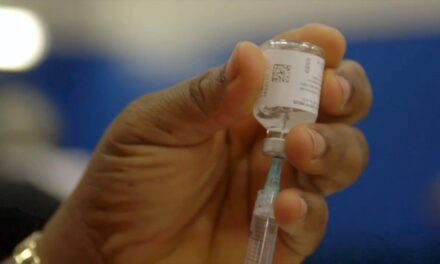
(Newswise)–Danon disease is a very rare, life-threatening condition where the fundamental biological process of removing and recycling proteins does not work.
This impairment results in dysfunction of the heart, skeletal muscle, neurologic system, eyes, and liver. Most patients die or require heart transplants by the third decade of life.
In a new study published online March 18, 2020 in Science Translational Medicine, researchers at University of California San Diego School of Medicine identified a novel way to treat Danon disease using gene therapy.
“Heart transplant is not always available for patients, and does not treat the other organs affected in Danon disease,” said Eric Adler, MD, principal investigator of the study. Adler is a cardiologist at UC San Diego Health and director of cardiac transplant and mechanical circulatory support. “We knew we needed to find therapies specifically designed to address the underlying cause.”
Danon disease is a result of mutations in the gene LAMP2. For nearly a decade, Adler and a team of researchers at UC San Diego Health have been working to determine whether gene therapy could provide a new treatment approach. Gene therapy involves either replacing or repairing a gene that causes a medical problem or adding genes to help the body treat disease. In this case, Adler and the team focused on adding a specially designed gene that restores LAMP2 function, resulting in improved cardiac and liver function.
“We utilized mice that were a model for Danon disease and missing this specific LAMP gene. We applied gene therapy to a group of these mice and compared to mice that did not receive treatment,” said Adler. “The mice that received gene therapy expressed positive results in heart, liver and muscle function. The heart’s overall function of ejecting blood and relaxing improved, as did the body’s ability to degrade proteins and metabolism.”
Danon disease is more common in males, and symptoms begin in early childhood or adolescence. “In many cases, the condition is inherited by a parent, typically the mother. We believe Danon disease is actually more common than we think, but it is often misdiagnosed,” said Adler. “By utilizing gene therapy, we were able to identify a possible new treatment approach other than a heart transplant. This study is a significant step for patients with Danon disease.”
Prior studies in Adler’s lab have focused on using a patient’s skin cells to create stem cells. These stem cells were used to create a heart model, allowing researchers to study Danon disease at the cellular level. The approach has provided new insight into the disease’s pathology and led to the idea of using gene therapy. “Our work is also proof that using stem cells to model diseases has great potential for helping develop new medicines,” said Adler.
The next step, said Adler, is testing in patients with Danon disease. A Phase I clinical trial for safety and efficacy has begun. “This is the first trial using gene therapy to treat a genetic cardiac disorder and three patients are currently being treated, which means we’re that much closer to finding a cure for this terrible disease, and may be able to use similar methods to treat other diseases.




